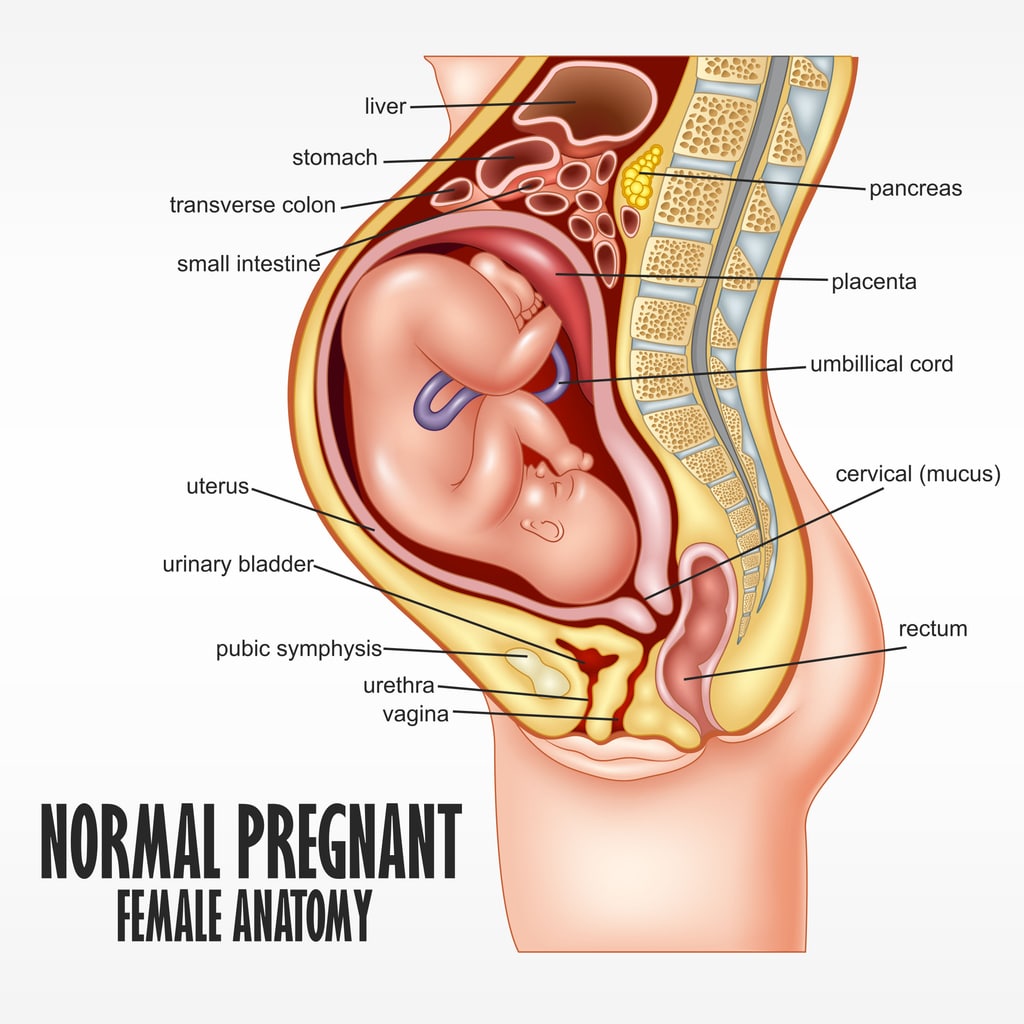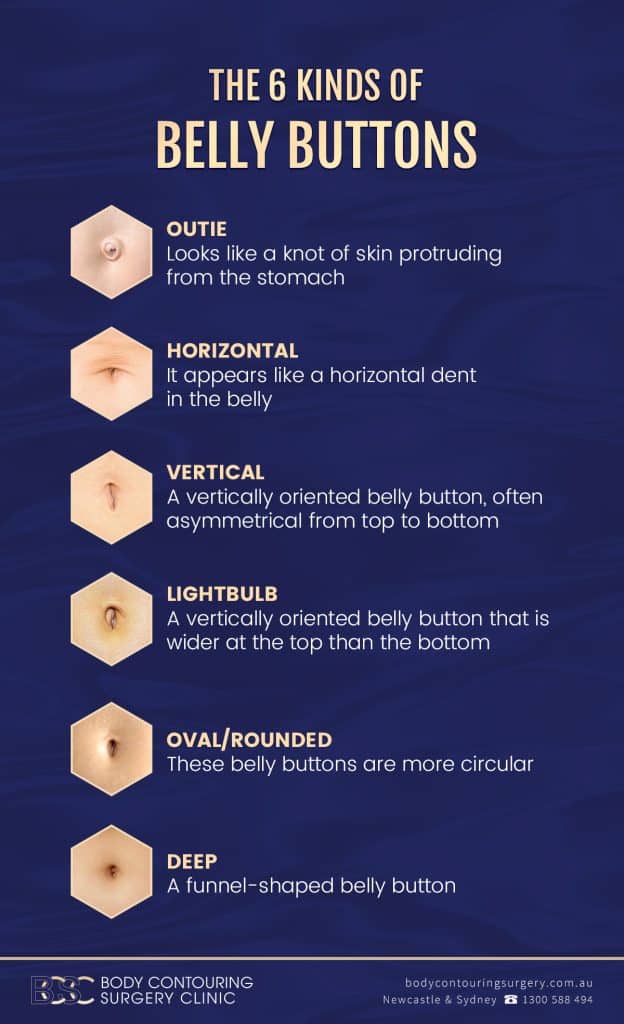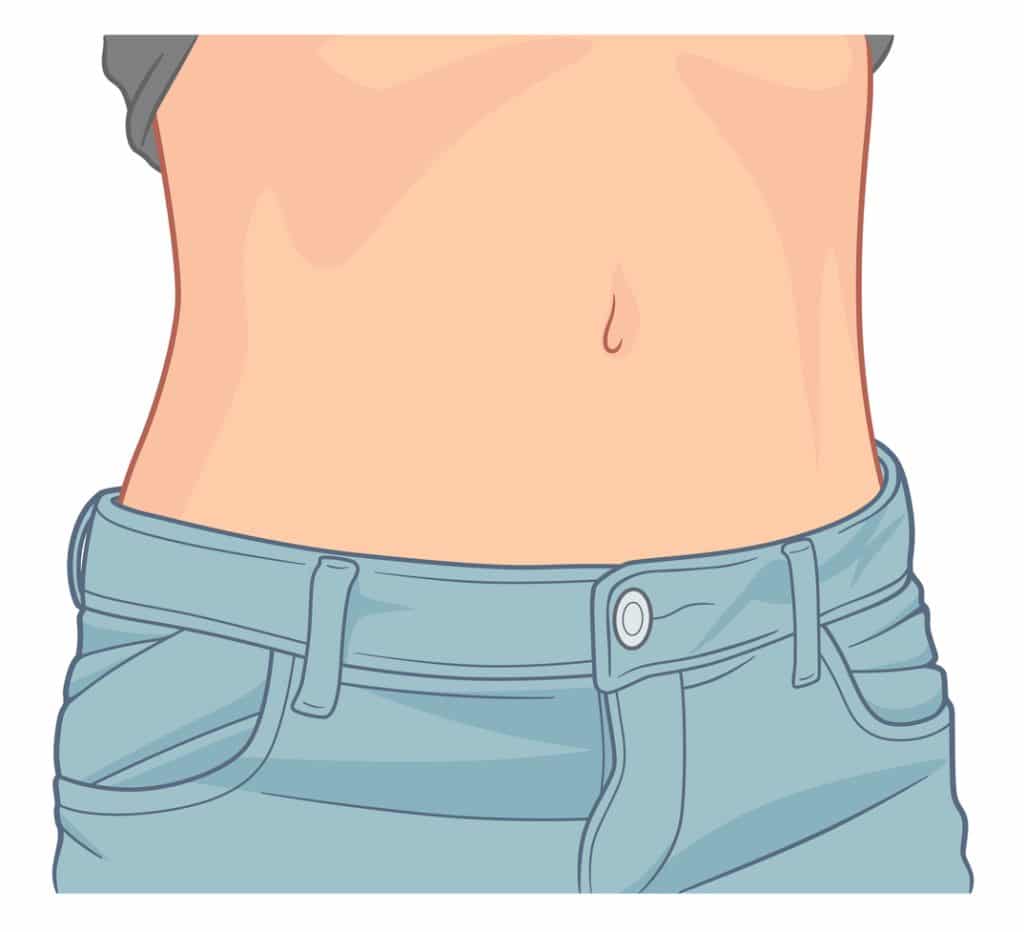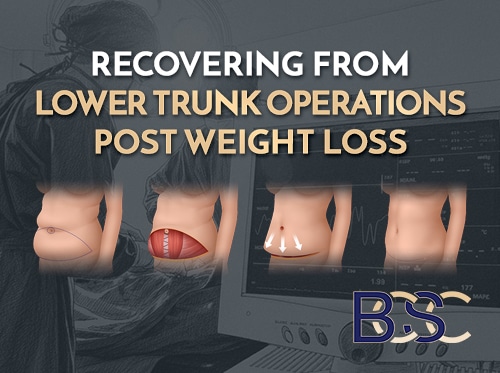Everything You Need to Know About a Surgically Rebuilt Umbilicus
The world has two kinds of people: Those with “innies” and those with “outies.” Unlike hair, make-up, or muscles, the appearance of the umbilicus (belly button) is not something most people can easily change on their own.
An abdominoplasty (commonly called a tummy tuck) is a surgical procedure that reshapes the abdominal wall. One of its important steps involves the creation of a surgically reconstructed umbilicus. For many patients, this means leaving the operating theatre with a new, carefully designed navel that suits their body shape.
People may consider altering their umbilicus for health-related reasons, or for aesthetic preferences. The procedure gives patients more control over the appearance of this central feature of the abdomen.
What Determines Umbilicus Appearance?

Genetics plays a major role in the shape of the umbilicus. However, other life events and conditions can alter its appearance:
- Weight changes: Significant fluctuations in weight can stretch and loosen the navel.
- Umbilical hernia: Soft tissue may push through the abdominal wall, creating an outward-pointing umbilicus.
- Pregnancy and childbirth: The umbilicus may change position or shape during pregnancy. Diastasis recti (abdominal muscle separation) can also affect the navel’s placement.
- Umbilical stump healing after birth: The way the umbilical cord heals in early infancy can influence the lifelong appearance of the navel.
While these changes are often outside personal control, surgery can provide an option for those who wish to reshape their navel.
The Different Types of Umbilicus
Most people are familiar with the innie vs. outie difference, but there are several other variations seen across the population. Some rare congenital conditions may even result in the absence of a navel.

Common umbilicus shapes include:
- Outie: A small knot of skin protruding outward
- Horizontal: A dent running side-to-side
- Vertical: An elongated navel running up-and-down
- Lightbulb: A vertical shape wider at the top than the bottom
- Oval or rounded: Circular or oval in shape
- Deep: Funnel-like and recessed
Age, weight, and body composition can influence how these types present over a lifetime.
What is Umbilicus Reconstruction Surgery?
Surgical reshaping of the umbilicus is possible through a few different procedures:
- Umbilicoplasty: A minor surgery to reshape the skin and tissue of the navel, usually performed under local anaesthesia.
- Umbilical hernia repair: Conducted when tissue protrudes through the abdominal wall. Most infant hernias resolve on their own, but persistent or painful cases in adults may require surgical repair.
- Abdominoplasty: A more comprehensive procedure that removes excess abdominal skin and fat. As part of this operation, surgeons often reconstruct the umbilicus to match the new abdominal contour.
What Does an Abdominoplasty Do to the Umbilicus?
During an abdominoplasty, the surgeon makes an incision across the lower abdomen, removes excess tissue, and may repair separated abdominal muscles. Once the abdominal wall has been reshaped, the umbilicus must be repositioned.
The process involves:
- Making an incision around the original umbilicus, leaving it attached to the abdominal wall
- Tightening and re-draping the skin
- Locating the umbilical stalk under the new skin layer
- Creating an opening at the correct position on the abdomen
- Bringing the umbilicus through this new opening
- Securing it in place with sutures, often hidden within the folds of the navel for a discreet result
- The surgeon’s goal is to create a natural-appearing umbilicus, often oval or rounded in shape.
Umbilicus Aesthetics
Studies have examined public preferences for navel shapes. Research published in the Annals of Plastic Surgery (2010) suggested that an oval umbilicus positioned about two-thirds of the way between the pubis and the lower sternum is considered most aesthetically pleasing.
Interestingly, outies make up less than 10% of the population, according to more recent data. Yet, they remain the rarest form despite being highly recognisable.
Most patients who undergo abdominoplasty have their umbilicus reshaped as part of the procedure rather than seeking surgery for the navel alone.
Risks of Umbilicus Reshaping
As with any operation involving anaesthesia, there are risks, including:
- Reactions to anaesthesia (e.g., pneumonia, blood clots)
- Visible scarring or asymmetry of the new umbilicus
- Narrowing of the opening (umbilical stenosis)
- Dissatisfaction with the final appearance
Warning Signs After Surgery
Most patients recover well when following their surgeon’s post-operative instructions. However, it is important to seek medical advice if any of the following occur:
- Persistent pain that does not improve
- Bruising or swelling around the incision sites that worsens
- Fever or general signs of infection
- Unusual odour or coloured discharge from the surgical area
The Surgeon’s Role
Reconstructing the umbilicus requires both technical precision and an understanding of aesthetics. During consultation, patients should discuss their goals and preferences with their surgeon. Every surgeon has a slightly different style when creating a neo-umbilicus, so clear communication is essential.
Ultimately, rebuilding the umbilicus is an important step in abdominoplasty surgery. It restores balance to the abdominal appearance and allows patients to feel more comfortable with the outcome of their surgery.


